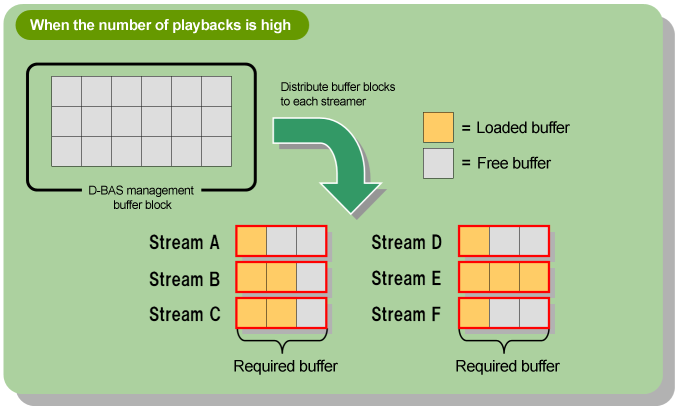| Memory Playback | Streaming Playback |
| Memory size | Disadvantage: Consumes a large working memory | Advantage: Needs less working memory |
| Preparation of the playback | Disadvantage: Sound cannot start until the entire sound data loaded | Advantage: No need to wait for the entire sound data to be loaded. |
| Latency | Advantage: Smaller latency | Disadvantage: Larger latency since streaming starts after playback request is received. |
| File access | Advantage: Does not affect loading of other files during the playback | Disadvantage: Loading of other files needs more time. |




